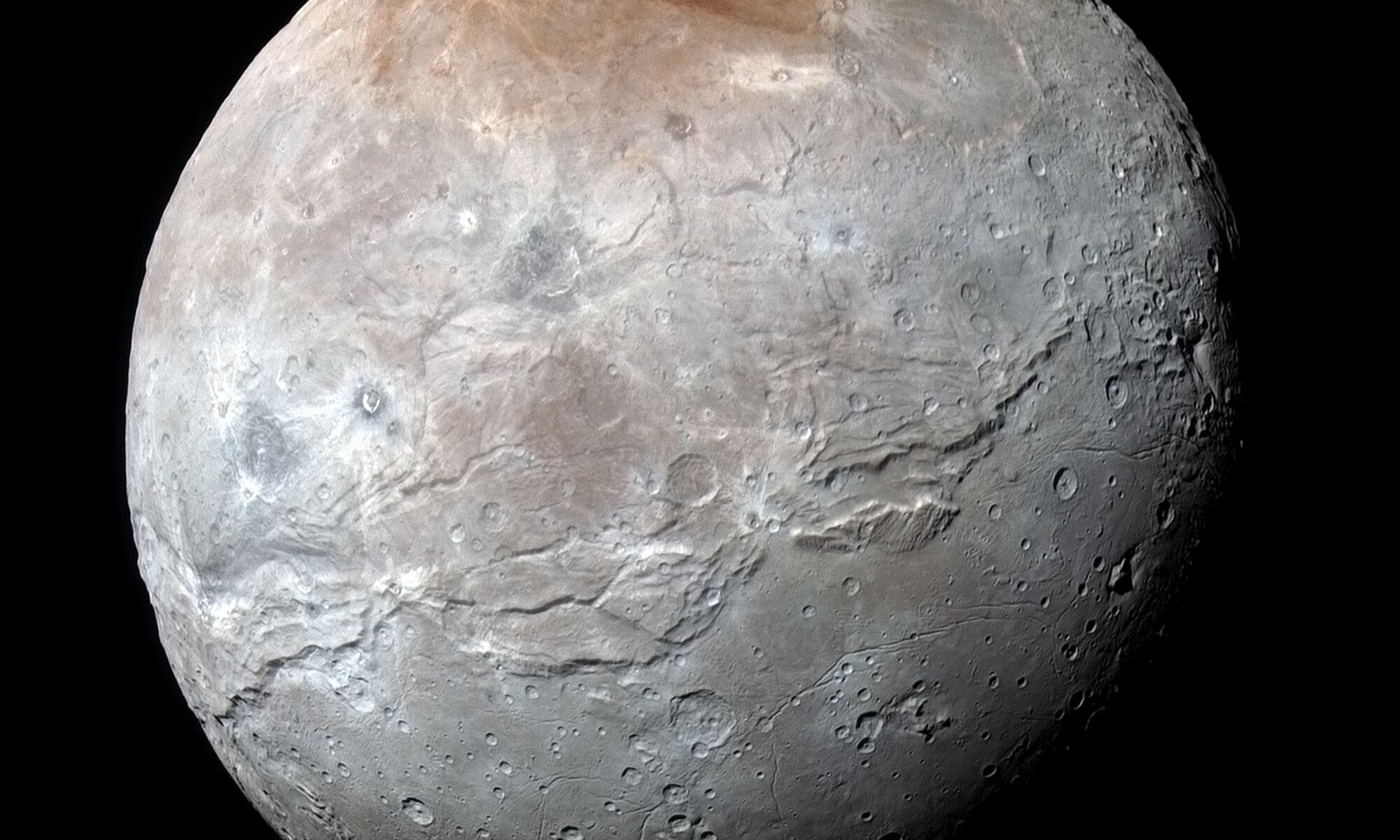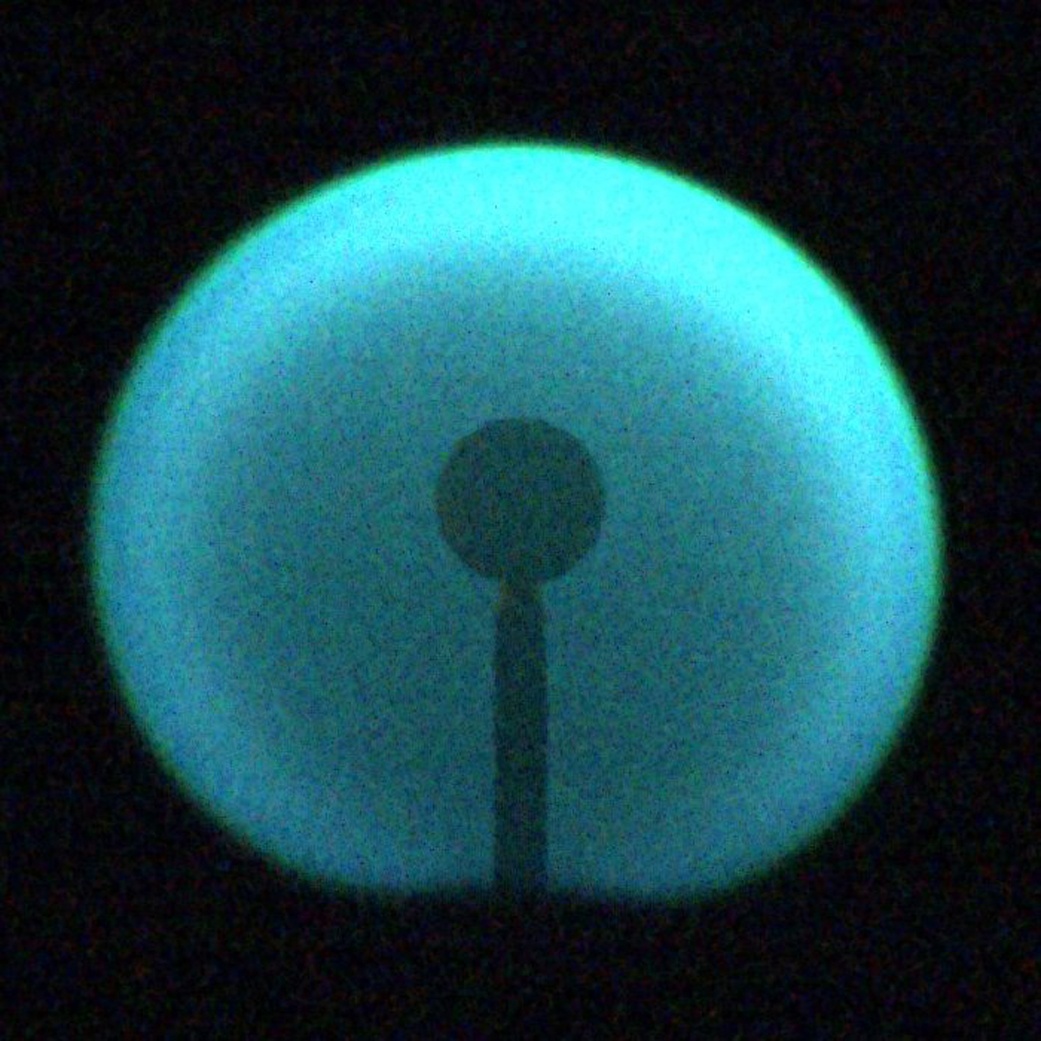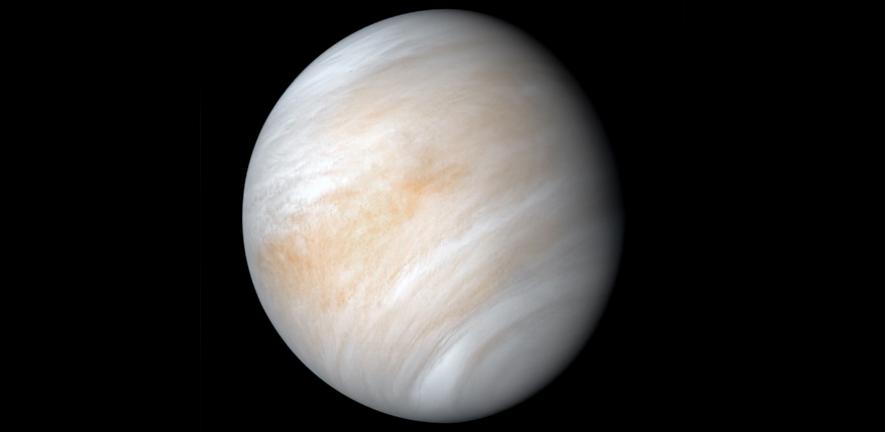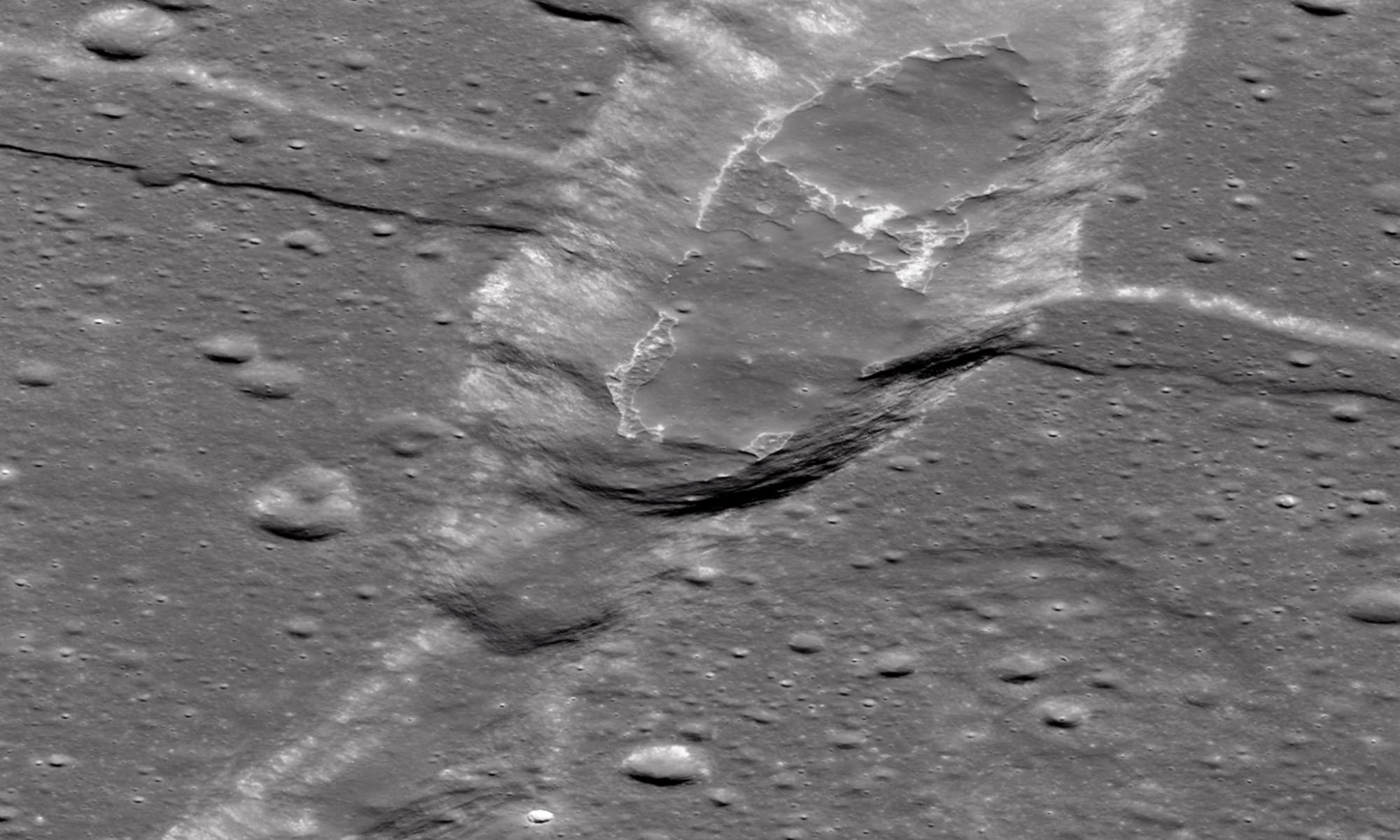Pluto’s largest moon, Charon, started off as a beautiful, smooth red grape until someone came along, mostly peeled it, tried to smoosh it, then just gave up and walked away, leaving the poor moon to look like the absolute travesty that it is. Okay, so maybe that’s not exactly what happened, but Charon just looks like a mess and scientists want to know why. Never mind its smooshed equator, but what’s the deal with its red cap? Where did it come from and why is it red?
Continue reading “Charon’s Red Cap at its North Pole? We Might Have an Answer”The Moon Could Have Gathered Some of its Water from the Earth’s Atmosphere
Our Moon is a fascinating world that has captivated us since time immemorial. Long before the first telescope was invented, ancient humans used the Moon as a calendar in the sky, with evidence that lunar timekeeping was around as early as 25,000, 30,000, and even 35,000 years before the present. Long before humanity had written language, lived in organized cities, and worshipped structured religions, the Moon was one of humanity’s first timepieces. It wasn’t until the telescope was invented that our Moon became an object of scientific curiosity, with the sketches by Galileo Galilei giving us a new perspective on our nearest celestial neighbor. As science advanced, so did our understanding of the Moon. While the Apollo missions were successful in teaching us about the geology of the Moon, it wasn’t until 2009 when the LCROSS impact probe onboard the Lunar Reconnaissance Orbiter deliberately crashed into a dark crater on the Moon’s south pole and detected 155 kilograms of water as it flew through the ejecta plume before ultimately crashing into the lunar surface.
Continue reading “The Moon Could Have Gathered Some of its Water from the Earth’s Atmosphere”Fire Acts Strangely in Microgravity. Astronauts Have Lit More Than 1,500 Fires on the Space Station to Figure Out Why
Ever since childhood, we were all told to never play with fire. Despite it being relevant to our everyday lives, to include heating our homes and water, cooking our food, producing electricity, and more, fire is extremely dangerous. We were all indoctrinated more with how to put out fires instead of how to start one. We’ve all been told about its destructive properties if mishandled, and that fire needs to be controlled. One of the perks of adulthood, and especially being a scientist, is you get paid to play with fire. Despite fire’s complexities, there’s still a lot we don’t know about its behavior. With more and more of humanity traveling to space and living in microgravity, it’s important to learn about how fire behaves in this unique environment to better prepare ourselves for worst case scenarios. But what if we could also control fire so it’s not as dangerous and less destructive to the environment back here on Earth?
Continue reading “Fire Acts Strangely in Microgravity. Astronauts Have Lit More Than 1,500 Fires on the Space Station to Figure Out Why”High Altitude Life Can’t Explain the Trace Gases in Venus’ Atmosphere
The planet Venus is one of the most inexplainable and mysterious planetary objects in our solar system as its surface is beyond inhospitable for us fragile humans with temperatures at a searing 475 degrees Celsius (900 degrees Fahrenheit) and surface pressures more than 90 times that of Earth. However, its atmosphere is quite a different story as its temperature varies considerably ranging from -143 degrees Celsius (-226 degrees Fahrenheit) at night to 37 degrees Celsius (98 degrees Fahrenheit) in the daytime, and varies based on altitude, as well.
Continue reading “High Altitude Life Can’t Explain the Trace Gases in Venus’ Atmosphere”ESA Gives Green Light on its Comet Interceptor Mission
Comets, with their long, beautiful, bright tails of ice, are some of the most spectacular sightings in the night sky. This was most apparent when Comet NEOWISE passed by Earth in the summer of 2020, dazzling viewers from all over the planet while being mainly visible in the northern hemisphere. Even though the sky might look the same night after night, comets are a humble reminder that the universe is a very active and beautiful place.
Continue reading “ESA Gives Green Light on its Comet Interceptor Mission”The Moon’s Ancient Volcanoes Could Have Created Ice Sheets Dozens of Meters Thick
Everyone loves looking at the Moon, especially through a telescope. To see those dark and light patches scattered across its surface brings about a sense of awe and wonder to anyone who looks up at the night sky. While our Moon might be geologically dead today, it was much more active billions of years ago when it first formed as hot lava blanketed hundreds of thousands of square kilometers of the Moon’s surface in hot lava. These lava flows are responsible for the dark patches we see when we look at the Moon, which are called mare, translated as “seas”, and are remnants of a far more active past.
In a recent study published in The Planetary Science Journal, research from University of Colorado Boulder (CU Boulder) suggests that volcanoes active billions of years ago may have left another lasting impact on the lunar surface: sheets of ice that dot the Moon’s poles and, in some places, could measure dozens or even hundreds of meters (or feet) thick.
Continue reading “The Moon’s Ancient Volcanoes Could Have Created Ice Sheets Dozens of Meters Thick”Plants can grow in lunar regolith, but they’re not happy about it
NASA is sending astronauts back to the Moon by the end of this decade, and hope to send humans to Mars sometime in the 2030s. Growing food in space using in-situ resources is vital if astronauts are to survive on both the Moon and Mars for the long-term. Growing plants in space using Earth soil is nothing new, as this research is currently ongoing onboard the International Space Station (ISS). But recent research carried out on Earth has taken crucial steps in being able to grow food in space using extraterrestrial material that we took from the Moon over 50 years ago.
Continue reading “Plants can grow in lunar regolith, but they’re not happy about it”What’s the Right Depth to Search for Life on Icy Worlds?
Are we alone? Is there life beyond Earth? These are the questions that plague the very essence of science, and in particular, planetary science. Unfortunately, robotic exploration of exoplanetary systems currently remains out of reach due to the literal astronomical distances to get there. For context, our nearest star, Proxima Centauri, is 4.25 light years away, or a mind-blowing 40,208,000,000,000 km (25,000,000,000,000 miles) from Earth. Finding an intelligent civilization might be out of reach for now but searching for any forms of life beyond Earth is very much possible within the confines of our own solar system.
Continue reading “What’s the Right Depth to Search for Life on Icy Worlds?”Traveling the Solar System with Pulsar Navigation

A team of researchers at the University of Illinois Urbana-Champaign have found a way for travelers through the Solar System to work out exactly where they are, without needing help from ground-based observers on Earth. They have refined the pulsar navigation technique, which uses X-ray signals from distant pulsars, in a way similar to how GPS uses signals from a constellation of specialized satellites, to calculate an exact position .
Continue reading “Traveling the Solar System with Pulsar Navigation”A Magnetic Bubble Could Protect Astronauts From Dangerous Space Radiation

Humans have long dreamed of setting foot on Mars or beyond, and the advances by companies like SpaceX and Blue Origin means perhaps the dream could be closer than ever to becoming reality. But as it stands now, sending astronauts on long-duration missions to other worlds would be impossible because of the hazardous radiation levels in space, outside of Earth’s protective magnetic field.
However, a new concept offers hope on the horizon, and the researchers behind it have received funding from the NASA Innovative Advanced Concepts (NIAC) program to build a prototype. Called CREW HaT, the proposal takes advantage of the latest advances in superconducting magnet technology to effectively shield spacecraft – and the astronauts inside — from harmful space radiation.
Continue reading “A Magnetic Bubble Could Protect Astronauts From Dangerous Space Radiation”







